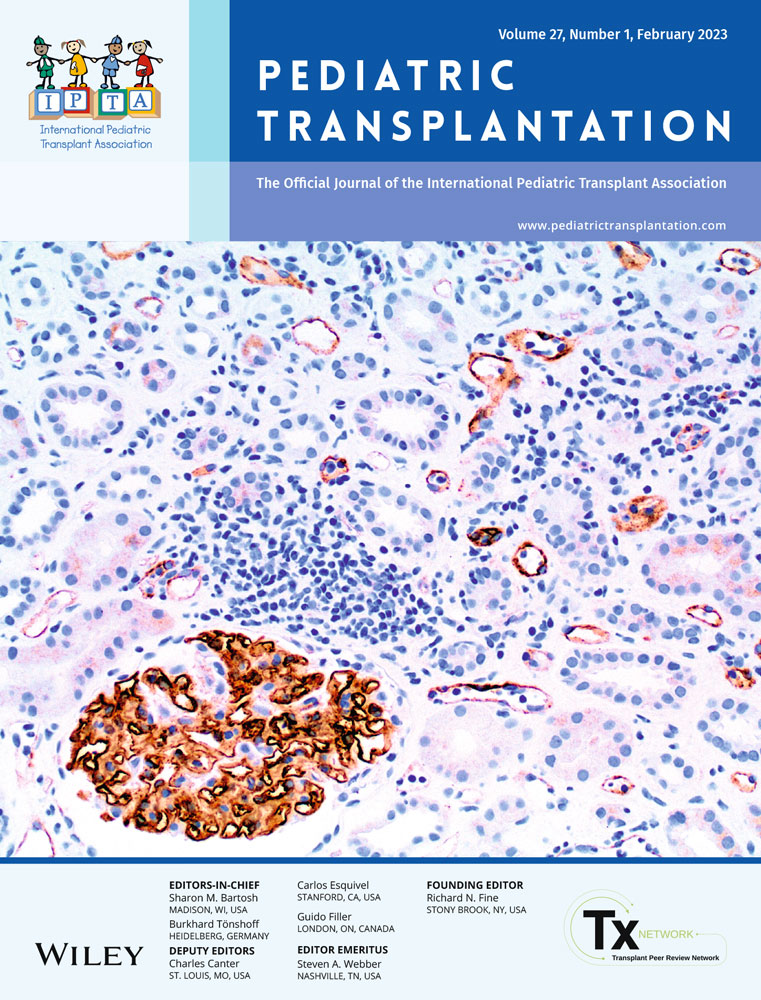Incidence of superficial left hepatic vein and its usability for graft hepatic vein venoplasty in pediatric liver transplantation
Jung-Man Namgoong and Amro Hasan Ageel contributed equally to this study as first co-authors.
Abstract
Backgrounds
The anatomy of the left hepatic vein (LHV) is variable; thus, it should be considered for graft hepatic vein (GHV) venoplasty for left lateral section (LLS) and left liver grafts. This study assessed the incidence of superficial LHV (sLHV) branches according to LHV anatomy and its usability for GHV venoplasty in pediatric liver transplantation (LT).
Methods
This study consisted of three parts: (1) anatomical classification of LHV variations and the incidence of sLHV branches; (2) morphometric simulative analysis of GHV reconstruction and (3) clinical application based on LHV anatomy.
Results
The LHV anatomy of 248 potential LLS graft donors was classified into four types according to the number and location of GHV openings: one single opening (type 1; n = 186 [75.0%]), two large openings (type 2; n = 35 [14.1%]), one large and one small adjacent opening (type 3; n = 14 [5.6%]), and two large widely-separated openings (type 4; n = 13 [5.2%]). An sLHV branch was identified in 87 of 248 (35.1%) donor livers. Morphometric analysis of simulative GHV venoplasty with an sLHV branch increased GHV diameters by 30% in type 1 LLS grafts and 20% in type 2/3 LLS grafts. An analysis of 50 consecutive patients who underwent pediatric LT showed that the 2-year rates of GHV obstruction were 2.0% with LLS grafts and 0% with left liver grafts.
Conclusions
The GHV orifice can be enlarged through LHV anatomy-based unification venoplasty. Unification venoplasty with an sLHV branch provided sufficient enlargement of the GHV orifice.
CONFLICT OF INTEREST
The authors have no conflicts of interest to disclose.
Open Research
DATA AVAILABILITY STATEMENT
The data that support the findings of this study are available on request from the corresponding author. The data are not publicly available due to privacy or ethical restrictions.




